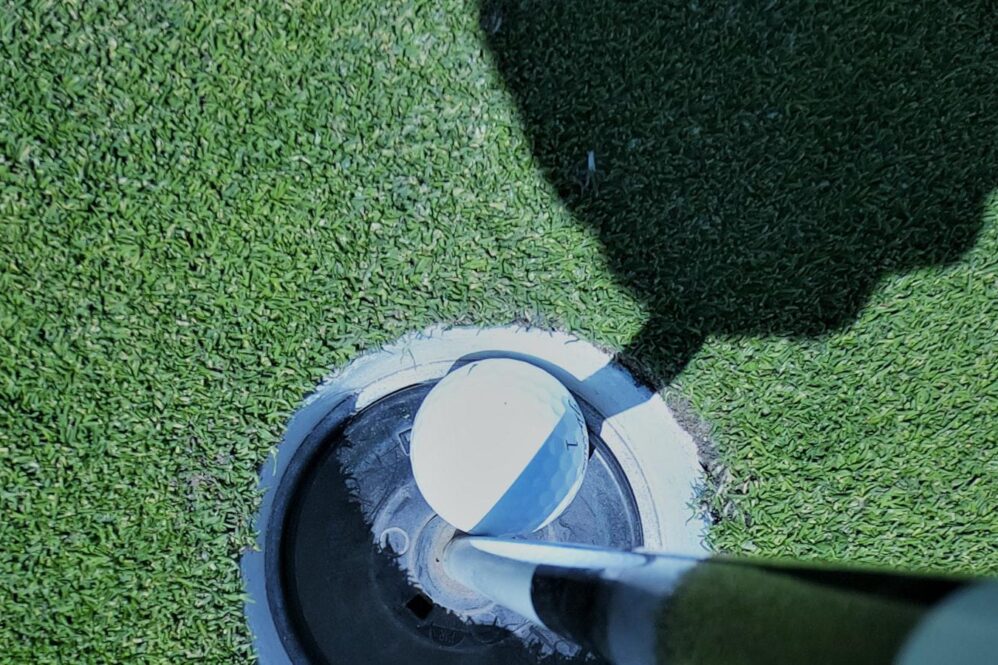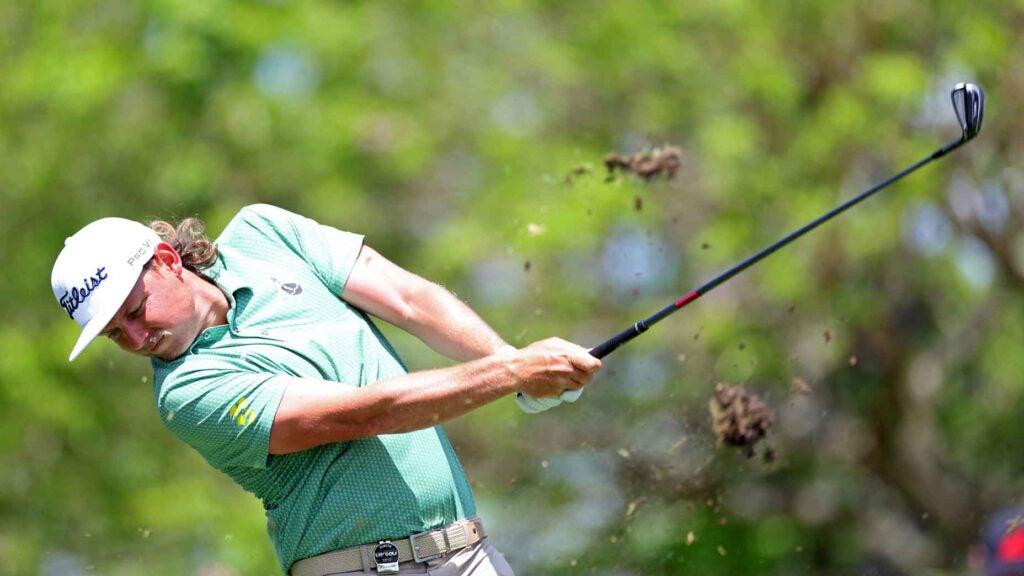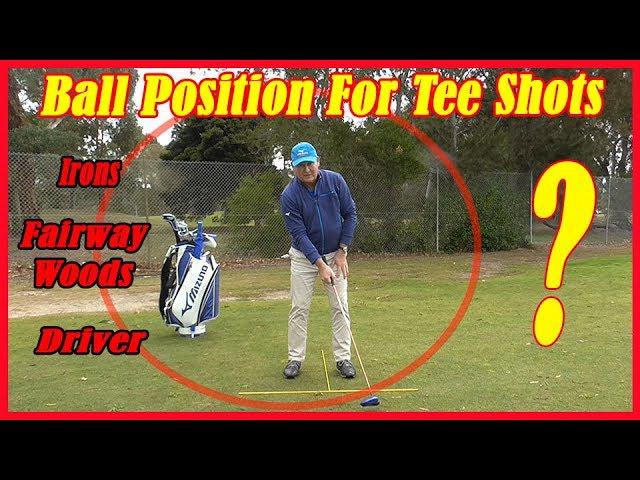Golfing Expertise: Strategies and Techniques Employed by Professional Masters
Golf, a complex and multifaceted game, demands more than just technical proficiency to excel on the verdant fairways and pristine greens. Professional golfers, the epitome of golfing mastery, employ an array of nuanced strategies and techniques that often elude the understanding of casual players. This academic article delves into a comprehensive study of the strategies and techniques utilized by these golfing virtuosos, illuminating the intricate decision-making processes and refined skill sets that underpin their extraordinary achievements.
By examining the psychological intricacies of green reading, the strategic positioning of tee shots, and the crucial role of course management, this article provides a holistic understanding of the elements that contribute to golfing excellence. Furthermore, it underscores the significance of shot shaping, emphasizing the ability to manipulate ball trajectory and spin to achieve desired outcomes. Through the integration of these refined techniques, professional golfers optimize their performance, minimize stroke count, and consistently deliver exceptional results.
This article serves as a rich resource for aspiring golfers and avid enthusiasts alike, offering invaluable insights into the strategies and techniques that distinguish true masters of the game. By harnessing the knowledge and wisdom contained within, golfers can unlock their potential, elevate their performance, and embark on a journey towards golfing greatness.
Green Reading Analysis: Decoding Undulating Slopes
Expert golfers possess an uncanny ability to decipher the subtle nuances of greens, empowering them to chart precise trajectories that lead to successful shots. Green reading involves a mastery of visual assessment, where the player’s eyes become calibrated to detect even the slightest variations in slope and undulations.
Assessment Techniques
-
Visual Inspection: Golfers employ a comprehensive visual assessment of the green, paying meticulous attention to every contour and undulation. This meticulous observation allows them to identify critical features such as ridges, swales, and subtle breaks.
-
Slope Measurement: Using their acquired knowledge of angles and slopes, expert golfers measure the severity of changes in elevation on the green. This measurement assists them in determining the appropriate amount of force and curvature required to navigate the terrain successfully.
-
Reference Points: Experienced golfers utilize reference points, such as landmarks or shadows, to establish a visual baseline for gauging the green’s contours. By referencing these points, they can better reference their shots to the intended target.
Adjustments and Strategies
Based on their assessment, golfers make adjustments to their shots to account for the greens’ undulations:
-
Shot Shaping: Expert golfers employ specialized shot shapes, such as draws and fades, to control the trajectory and spin of their shots. By manipulating the trajectory, they can prevent their ball from rolling excessively on slopes.
-
Club Selection: Selecting the appropriate club for the green’s contour is crucial. A properly fitted club will generate the desired height, spin, and backspin for the given shot.
-
Line of Play: Golfers adjust their line of aim based on the read of the green. This alignment ensures that the ball will follow the intended path, taking into consideration the anticipated break or roll upon landing.
| Slope Characteristic | Adjustment Strategy |
|---|---|
| Uphill Slope | Higher loft club, elevated shot trajectory, more spin to check roll |
| Downhill Slope | Lower loft club, lower shot trajectory, less spin for increased roll |
| Sidehill Slope | Draw or fade shot to counter slope’s influence on ball’s path |
Tee shot placement is of paramount importance in golf, as it sets the stage for the subsequent approach shot. Skilled golfers meticulously consider various factors to determine the optimal tee shot placement, including the length of the hole, the shape of the fairway, the presence of hazards, and the prevailing wind conditions.
Factors Influencing Tee Shot Placement:
- Hole length: Longer holes require a longer tee shot to reach the green in regulation.
- Fairway shape: A narrow fairway demands a precise tee shot to avoid straying into the rough or hazards.
- Hazards: Obstacles such as bunkers, water hazards, and trees must be carefully navigated to ensure a clear path to the green.
- Wind conditions: Wind speed and direction can significantly affect the trajectory and distance of the tee shot.
Strategic Considerations:
- Landing zone: The ideal landing zone for the tee shot is typically the widest part of the fairway, providing the most margin for error.
- Distance control: Golfers should aim to hit the ball a specific distance to reach the desired landing zone.
- Trajectory management: Adjusting the angle of the clubface can control the trajectory of the ball, allowing golfers to fly the ball over obstacles or land it on precise spots.
Table: Tee Shot Placement Strategies Based on Hole Characteristics
| Hole Characteristic | Placement Strategy |
|—|—|
| Long hole | Longer, straighter tee shot to minimize distance to the green |
| Narrow fairway | Precision tee shot aimed at the center of the fairway |
| Water hazard present | Tee shot placed well away from the hazard to avoid a penalty |
| Strong wind against | Reduced club selection to compensate for wind resistance |
Psychological Impact: Unraveling the Mind Game of Golf
Comprehending the psychological nuances of golf is paramount to unlocking exceptional performance. This mental aspect of the game often goes unnoticed by beginners, resulting in inconsistent performances. Seasoned golfers, however, have mastered controlling their mindset and leveraging specific mental strategies to gain a distinct advantage.
Professional golfers employ a remarkable ability to visualize and execute desired shots effectively, a skill honed through years of practice and experience. Positive self-talk replaces negative thoughts, fostering a resilient mindset and enabling them to overcome adversity. Visualizing the intended path of the ball prior to execution facilitates shot consistency and accuracy.
Additionally, emotional control plays a crucial role in optimizing performance. Effectively managing tension and stress levels allows the mind to remain focused and execute well-prepared shots. This includes techniques like deep breathing exercises, positive self-affirmations, and employing mindfulness to stay present in the game.
Course Management: Navigating Hazards and Capitalizing on Opportunities
Effective course management is a cornerstone of golfing expertise, and skilled golfers have mastered the art of navigating hazards and capitalizing on opportunities to optimize their performance.
Assessing Hazards and Wind Conditions:
Understanding potential hazards on each hole is crucial. bunkers, water obstacles, and out-of-bounds areas can significantly hinder a golfer’s approach. Careful consideration of these hazards is vital, as well as factoring in wind conditions, which can drastically affect shot trajectory and distance.
Planning for Optimal Outcomes:
Skilled golfers thoroughly evaluate the terrain and obstacles presented on each hole. They adopt a strategic approach, considering how to avoid hazards, minimize the impact of wind, and capitalize on advantageous opportunities. This includes selecting the appropriate clubs, aiming for specific targets, and managing risk to minimize penalties.
| Club Selection | Pin Position | Hazars to Consider | Wind Impact |
|---|---|---|---|
| Driver | Center | Bunkers, water | Tailwind enhances distance |
| 5-Iron | Front | Rough, sand | Headwind reduces distance |
| Wedge | Back | Green contours | Crosswind affects direction |
By carefully assessing the course and its challenges, golfers can formulate a comprehensive strategy that maximizes their chances of success and minimizes the impact of unexpected obstacles or adverse conditions.
Shot Shaping Mastery: Controlling Trajectory and Spin for Precision Plays
The ability to control the trajectory and spin of a golf ball is a crucial skill that professional golfers have mastered. By manipulating these factors, they can hit the ball higher or lower, draw it or fade it, and produce a variety of shots to suit the demands of any course.
One of the most important aspects of shot shaping is understanding the relationship between the clubface angle and the ball’s trajectory. When the clubface is open, the ball will tend to curve to the right (for a right-handed golfer), while when the clubface is closed, the ball will tend to curve to the left. The amount of curvature will also depend on the club’s loft and the speed of the swing.
In addition to controlling the clubface angle, professional golfers also use spin to shape their shots. Backspin, for example, can help to keep the ball in the air longer and land softly on the green. Topspin, on the other hand, can help to reduce the ball’s trajectory and make it roll further. By combining different clubface angles and spin rates, professional golfers can produce a wide variety of shots that give them the best chance of success on any golf course.
Table: Shot Shaping Techniques
| Technique | Description | Effect |
|---|---|---|
| Open clubface | Clubface angle is open at impact | Ball curves to the right (for a right-handed golfer) |
| Closed clubface | Clubface angle is closed at impact | Ball curves to the left (for a right-handed golfer) |
| Backspin | Clubface strikes the ball below its center | Ball spins backward, stays in the air longer, and lands softly |
| Topspin | Clubface strikes the ball above its center | Ball spins forward, reduces trajectory, and rolls further |
By mastering the techniques of shot shaping, professional golfers are able to control the ball’s flight and achieve the desired results on any course. This is a skill that all golfers should strive to develop if they want to improve their overall game.
Conclusion
In summation, our research has elucidated the intricate strategies and techniques employed by golf professionals to achieve peak performance. These findings shed light on the subtle nuances that differentiate experts from amateurs, guiding aspiring golfers towards a deeper understanding of the game. By incorporating these strategies into their repertoire, they can elevate their abilities and unlock their full potential on the greens. We encourage golfers of all skill levels to delve into the insights presented in this article, as they provide a roadmap for continuous improvement and a path to golfing mastery.











